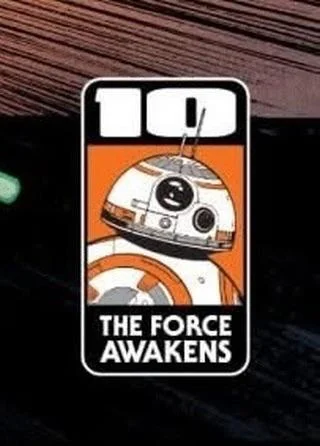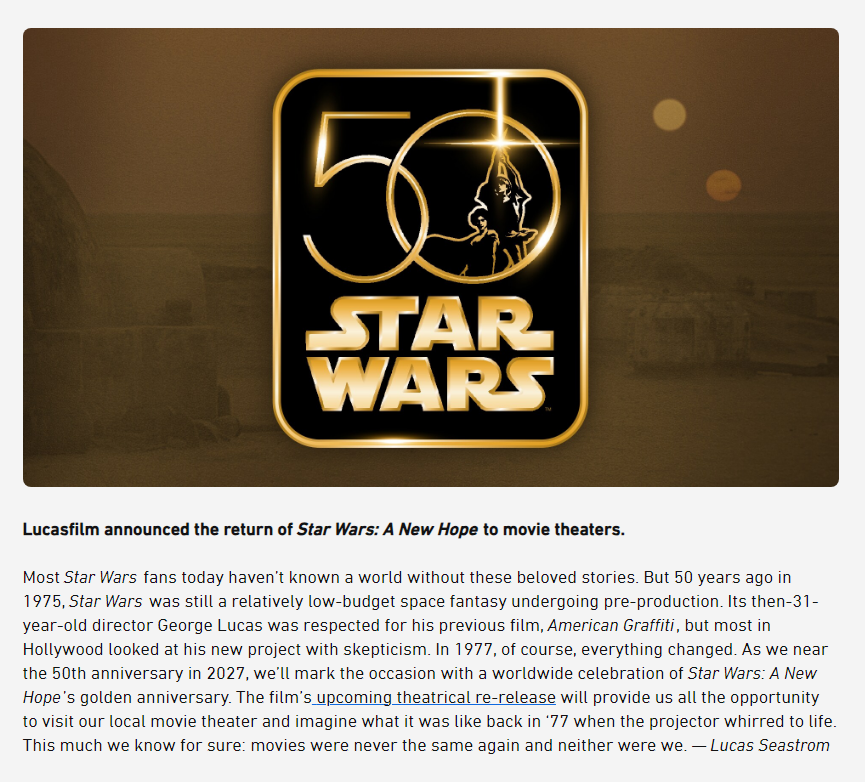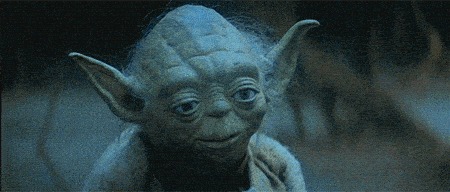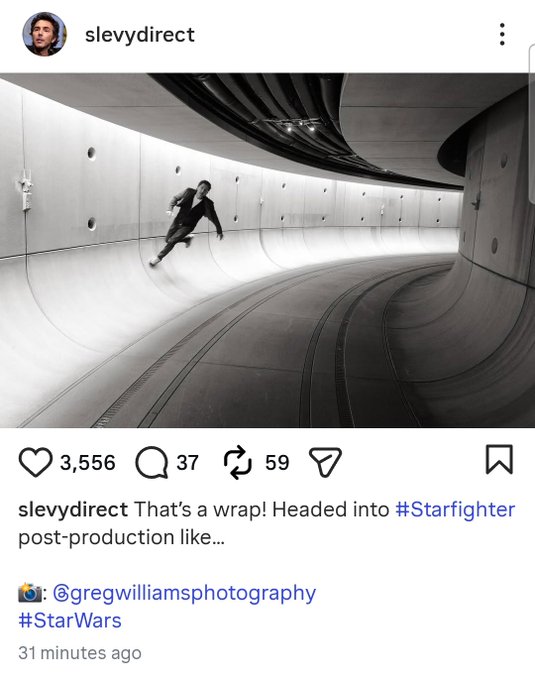The Bog Beast! 👍
^ as it was known in the script for Empire (much later named a ‘Dragonsnake’ in canon / EU / Legends etc)

T’bone had a decent segment about it here - https://starwarz.com/tbone/dagobah
Obligatory wookieepedia article - https://starwars.fandom.com/wiki/Dragonsnake
TFn Zoo-ology piece - www.theforce.net/swtc/zoology/dragonsnake.html
From the script - https://imsdb.com/scripts/Star-Wars-The-Empire-Strikes-Back.html
Suddenly, through the thick fog layer, a dark shape appears, moving
toward the little droid. The dark, sinuous bog beast dives beneath the
swampy water, making a loud clunk against Artoo’s metal hull. The
droid disappears from sight, uttering a pathetic electronic scream.
Holding his ignited lightsaber before him, Luke wades a few feet into
the murky pool, looking for any sign of his little friend.
LUKE
Artoo!
The black surface is still as death itself… until a few bubbles begin
to appear. Then, phheewaat!! The runt-size robot is spit out of the
water, makes a graceful arc, and comes crashing down into a patch of
soft gray moss.
LUKE
Oh, no! Are you all right? Come
on. You're lucky you don't taste
very good. Anything broken?
Luke helps Artoo to his feet and begins wiping the mud and roots from
his round metal body. Artoo responds with feeble, soggy beeps.
LUKE
If you're saying coming here was
a bad idea, I'm beginning to agree
with you. Oh, Artoo, what are we
doing here? It's like... something
out of a dream, or, I don't know.
Maybe I'm just going crazy.
As Luke glances around at the spooky swamp jungle that surrounds him,
Artoo ejects a stream of muddy water from one of his cranial ports.
Jamie Benning may have done a shot doc or something similar for this - very much up his street; and worth a search for. 👍


























